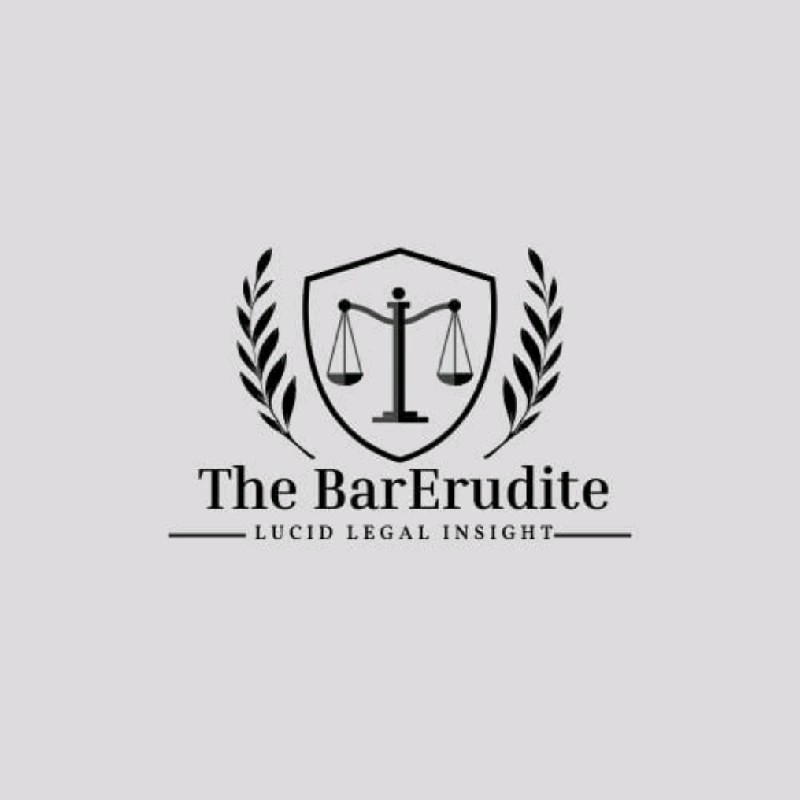Author: Anushka, 1st Year, B.A.LLB, NMIMS Navi Mumbai
Citation: AIR 2015 SC 1523
Petitioner: Shreya Singhal
Respondent: Union of India
Court: Hon’ble Supreme Court of India
Bench: Justice J.Rohinton Fali Nariman, Justice J. Chelameswar.
Background of the case
The Shreya Singhal v. Union of India case is a historic ruling by the Supreme Court of India that declared Section 66A of the Information Technology Act, 2000, as unconstitutional. The case was brought forth in light of increasing misuse of the law to suppress free speech on the internet.
The challenge to Section 66A was prompted following the arrest of two young women in Maharashtra over Facebook comments on the shutdown of Mumbai after the death of political leader Bal Thackeray. Their arrest brought to the fore how the law was arbitrarily being used to stifle dissent and views on the internet.
Key Legal Provisions Involved:
- Section 66A of the IT Act, 2000 – Criminalized sending offensive messages through communication services.
- Article 19(1)(a) of the Indian Constitution – Guarantees the fundamental right to freedom of speech and expression.
- Article 19(2) of the Indian Constitution – Permits reasonable restrictions on free speech on grounds such as public order, decency, morality, and security of the state.
- Section 69A of the IT Act, 2000 – Provides for blocking of online content by the government in certain situations.
- Section 79 of the IT Act, 2000 – Grants intermediaries (such as social media platforms) protection from liability for third-party content.
Issues Before the Court:
- Whether Section 66A of the IT Act, 2000, violates the fundamental right to free speech under Article 19(1)(a).
- Whether Section 66A is vague, arbitrary, and prone to misuse.
- Whether the restrictions imposed by Section 66A are covered under Article 19(2).
- Whether Sections 69A and 79 of the IT Act are constitutionally valid.
Arguments of the Petitioners (Shreya Singhal and Others):
- Free Speech Violation: Section 66A had a chilling effect on free speech as it criminalized offensive and annoying content, which were vague and subjective terms.
- Overbreadth and Vagueness: The law was vague in its definition of what was “grossly offensive” or “menacing” content, and therefore susceptible to arbitrary interpretation and abuse.
- Beyond Reasonable Restrictions: The provision was not within the reasonable restrictions under Article 19(2) since it was not narrowly framed to meet legitimate concerns such as public order or national security.
- Disproportionate Punishment: The provision mandated overpunishment (three years of imprisonment), which was disproportionate to the harm presumed.
Arguments of the Respondent (Union of India):
1. Requirement for Regulation: The government contended that the provision was required to avoid abuse of the internet and safeguard citizens from cyber bullying, hate speech, and disinformation.
2. Legislative Competence: The parliament could pass such a law pursuant to its competence in regulating electronic communications and public order.
3. Misuse Cannot Be a Ground for Striking Down: The government argued that the possibility of misuse of a law cannot make it unconstitutional because laws can be misused in many situations.
Judgment:
1. Section 66A of the IT Act was held to be unconstitutional. -The Court held Section 66A to be against Article 19(1)(a) inasmuch as it was vague and too sweeping, and consequently, arbitrary application was made to it. -Article 19(2) could not salvage the law because it did not fall within the reasonable restrictions stated in the Constitution. -The words “grossly offensive” and “menacing” in Section 66A were vague and subjective, causing arbitrary arrests and chilling effects on speech.
2. Section 69A of the IT Act was upheld. -The Court held the process of blocking content to be constitutionally valid since it possessed adequate procedural safeguards and was narrowly targeted to avoid abuse.
3. Section 79 of the IT Act was upheld subject to changes. -The Court decided that intermediaries (e.g., Facebook, Twitter, etc.) would only have to remove content as a result of a court order or government instruction, so that private parties were not left to decide legality indiscriminately.
Analysis
The seminal judgment of Shreya Singhal v Union of India reaffirmed that online speech is accorded the same constitutional protection as traditional media. It also safeguards individuals against arbitrary censorship for speaking their minds on digital platforms. The judgment underlined that legislation limiting free speech has to be clear, specific, and narrowly framed to avoid abuse. Any ambiguous or excessively broad law limiting speech can be declared unconstitutional. The ruling established a crucial precedent for judging future legislation attempts to control online speech, to ensure that it adheres to constitutional standards. The decision upheld Section 69A but ensured there are procedural protections to avoid arbitrary blocking of online content.
There have been numerous reports that while the judgment existed, individuals kept getting arrested under Section 66A due to ignorance or conscious abuse by governments. The Supreme Court was left with issuing directives in 2019 for implementing the judgment. One such instance of the persistent abuse of Section 66A, even after it was struck down in Shreya Singhal v. Union of India (2015), is the one brought to light by the People’s Union for Civil Liberties (PUCL). In 2019, PUCL filed a petition in the Supreme Court, highlighting that more than 22 cases were pending under Section 66A in various states. Although Section 66A was repealed, worries persist about fresh legislation and rules, including the IT Rules, 2021, that heighten state power over content online. The verdict invalidated an unconstitutional statute but failed to give a model for harmonizing online free speech with reasonable concerns such as hate speech and disinformation. In 2021, posts on social media that criticized the government’s COVID-19 response were directed to be removed under the new IT Rules. This has given rise to charges of political censorship, since some of the posts were by opposition activists and leaders.
Although Shreya Singhal v. Union of India defended free speech by invalidating Section 66A, it did not create an unambiguous constitutional framework for curbing harmful online content such as hate speech, misinformation, and cyber harassment. This void in regulation has resulted in the enactment of new legislation that tries to deal with these problems but is faulted for excess and abuse.
Thus, the absence of a balanced framework remains to be a challenge in safeguarding free speech while responding to legitimate digital threats, and the call for balanced legislation that is respectful of constitutional rights remains pertinent.
Conclusion:
The Shreya Singhal case is a landmark of Indian constitutional law, reaffirming protections for free speech in the age of the internet. In striking down Section 66A of the IT Act as unconstitutional, the Supreme Court protected the right of free speech under the constitution and set strong precedents against ambiguous and expansive restrictions on speech. However, challenges remain in preventing the new laws from re-imposing the same sort of controls over online speech behind new legal hoods. The case is the benchmark for Internet freedom in India, informing controversies over censorship, intermediary liability, and digital rights.



Leave a Reply